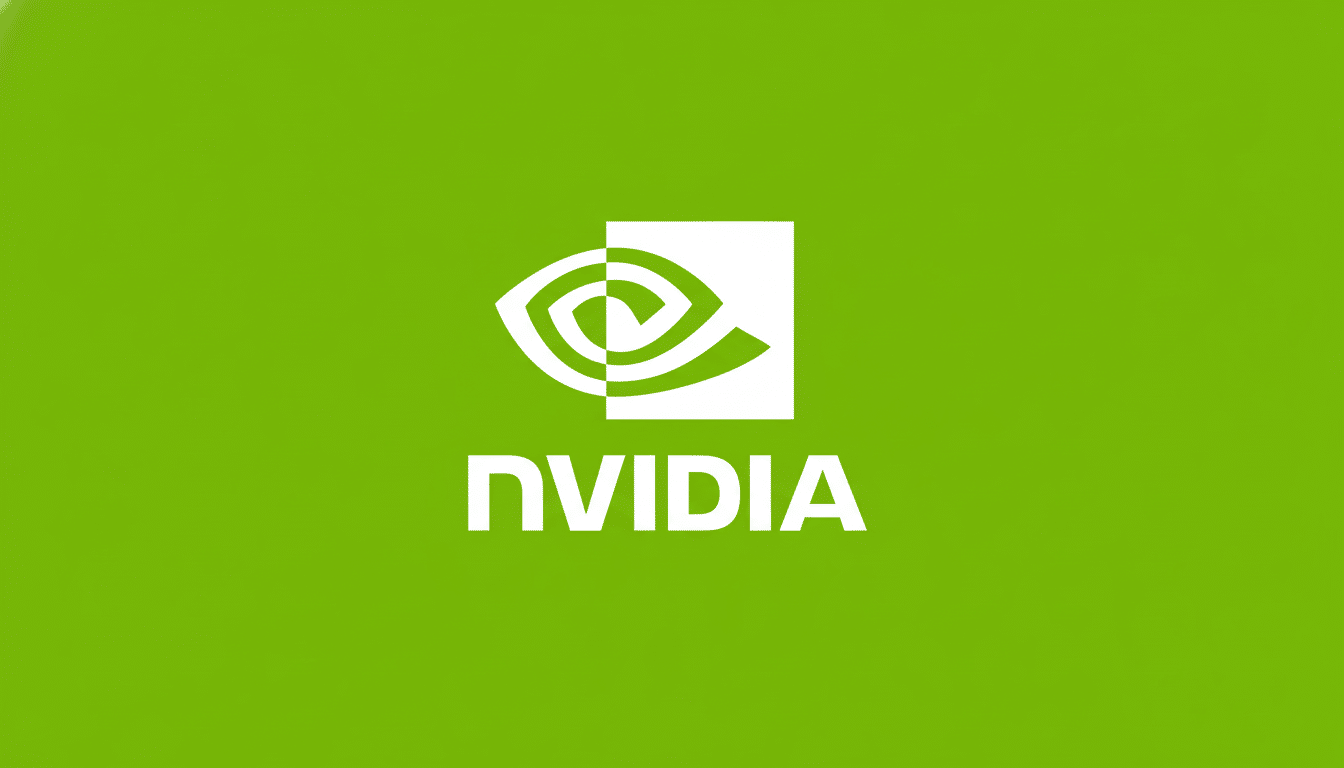SoftBank has ditched the rest of its Nvidia stake, shaking up chip and AI shares and kicking off a new wave of speculation about what Masayoshi Son will do next. The sale, valued at about $5.8 billion based on 32.1 million shares in disclosures made by the company, sent Nvidia’s stock down nearly 3% after the news broke — though people up and down Wall Street said it was more a sign of SoftBank’s capital needs than of anything happening inside Nvidia.
Why SoftBank Exited Nvidia Now and What It Signals
For Son, liquidity is strategy. SoftBank has traditionally exited good, liquid bits to reload for bigger bets, and this time the aim seems to be AI infrastructure and foundation models. People familiar with the plans have cited possible multi‑tens‑of‑billions commitments around frontier AI technology, such as a major investment in OpenAI and participation in a proposed $1 trillion U.S. manufacturing and data infrastructure move hinged on Arizona. These are not cheap projects, and Nvidia was the fastest check to cash.

There is also portfolio logic. Arm, whose instruction set is used in virtually every smartphone and which has been making a play for data center and A.I. workloads, is controlled by SoftBank. Shifting capital from a public GPU leader to assets that SoftBank can more directly influence — Arm’s ecosystem, AI compute hubs and model companies — is squarely in the style of Son’s concentration‑oriented, thesis-driven bets.
Is SoftBank’s Exit an Indicator for Nvidia’s Outlook?
Most likely not, at least on its own. Nvidia’s momentum is intense: the company reported record quarters and is being driven by hyperscale demand for AI accelerators, and it has an aggressive roadmap ahead running from H200 to B100. Company filings detail data centre growth, running at triple‑digit clips for the last year, with gross margin above 75 per cent — figures just a few mega‑caps can match.
Still, the timing is suspect in asking fair questions. Pricing over time may be squeezed by competition from AMD’s MI300/MI325 ramp and the emergence of custom silicon at cloud providers. And export controls restrict high‑end shipments to China, which is one of the biggest markets for A.I. hardware. And as TSMC ramps advanced packaging (especially CoWoS), the scarcity premium that lifted accelerator prices may come down to earth. None of that outright breaks the thesis, but it could temper the spectacular operating leverage that had made Nvidia a kind of bellwether for the AI boom in the market.
Son’s Playbook and the 2019 Lessons That Still Matter
SoftBank has been here before. Last year, it exited a multibillion‑dollar Nvidia position far too early; those shares would be worth an order of magnitude more today. Son has also suffered the scars of outsized conviction — witness WeWork’s implosion, which torpedoed more than $11 billion in SoftBank equity losses plus billions in debt exposure — along with career‑defining wins like the early Alibaba stake. The throughline is not caution; it’s escalation. When a thesis seizes hold of Son, he usually sacrifices breadth for depth and also speed.

The Nvidia sale is right in line with that pattern. Instead of diversifying, SoftBank seems to be focusing on AI where Son and Co. think value will accumulate fastest: ownership of compute, data and models. The move also builds up dry powder without resorting to debt markets, an interesting choice for a company that has long been leery of leverage and the “conglomerate discount” that frequently dogs its valuation.
AI capital and supply chain implications for the decade ahead
If SoftBank funnels proceeds into AI plants, sovereign-backed data centers or model-training businesses, it could push forward a transformation that is already in the works: gigantic multiple-story, vertically integrated AIs made up of chips, real estate, energy and cloud software.
We may not know where tech spending is going to go in 10 years, but we do know that market research firms like Gartner expect AI infrastructure spend to spike throughout the decade — and SoftBank is making itself one of the lead beneficiaries of that flow.
Arm is an X‑factor. With Arm driving into AI PCs, edge inference and custom accelerators, SoftBank’s capital and customer access may help broaden Arm’s penetration beyond workloads that today favor GPUs. For Nvidia, SoftBank’s exit is mostly technical near‑term — the lack of a large holder right now — not strategic. The company’s order book is still driven by hyperscalers like Amazon, Google, Microsoft and Meta — not a stockholder’s whim to rotate.
What investors should watch as SoftBank redeploys capital
- Whether SoftBank redeploys quickly. Quick disclosure would cinch the “liquidity for offense” story, through announcements regarding model investments, AI fabs or sovereign partnerships.
- The language Nvidia uses around prices, supply and competitive dynamics in future updates; any softening would support the idea that Son is skating to where the puck is going.
- The market’s response function. If Nvidia shares digest the SoftBank sale without lasting harm, that will confirm that fundamentals, not a single seller, determine the tape. If weakness persists, expect new debates to emerge around whether the AI trade is expanding beyond a handful of chip leaders — and whether Son just signaled where he thinks the next wave of value creation will be built.

